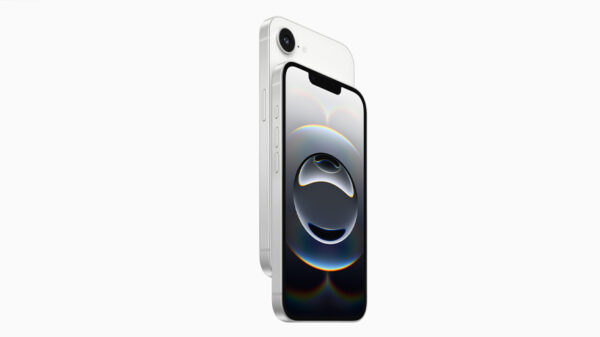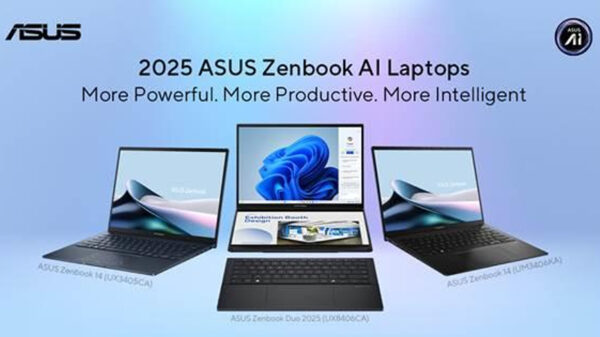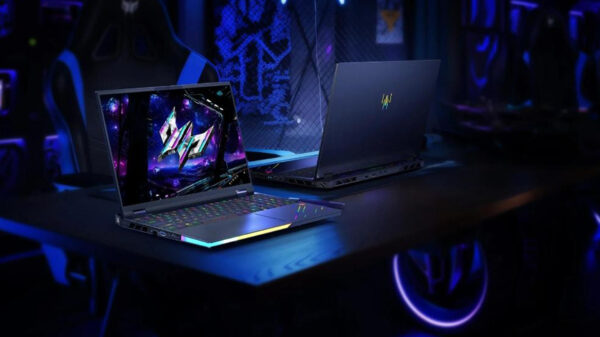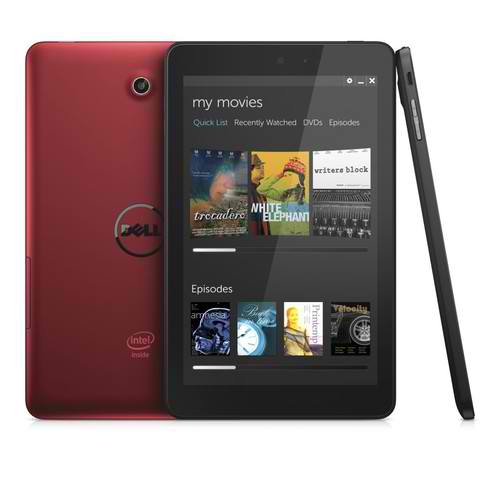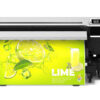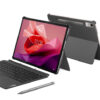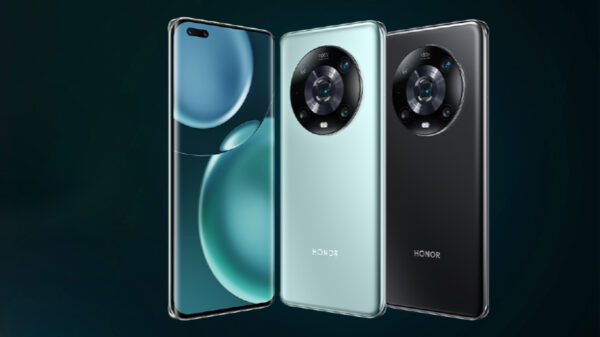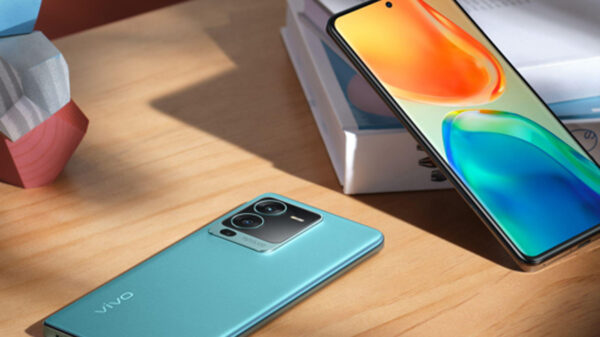The global market for processor microchips is set to rise by a hefty 24 percent in 2013, propelled by the strong sales growth of smartphones and tablets, according to a new report from IHS Inc.
Worldwide processor shipments are forecast to reach 1.50 billion units by the end of this year, up from 1.21 billion in 2012. Although third-quarter numbers have yet to be finalized and fourth-quarter figures reflect best estimates at this point, each quarter this year is expected to have enjoyed a significant rise in volume compared to the same periods in 2012.
The first half of the year, in particular, yielded solid growth, up 27 percent in the first quarter on an annual basis, and up 24 percent in the second quarter. Meanwhile, expansion in the third quarter is anticipated at 19 percent, while growth in the fourth-quarter is forecast to come in at 24 percent, as shown in the attached figure.
Processor microchips serve as the logic unit or the brains of a system, handling digital input according to the instructions stored in the chip’s memory.
The processors being counted include the traditional chips implanted at the heart of machines like desktop PCs and servers, as well as mobile counterparts used in notebook computers, smartphones and tablets. Mobile versions, in turn, include standalone application processors as well as Systems-on-Chips that combine a baseband processor together with the application processor.
Smartphones and tablets save the day
“The overall processor market would not be so healthy if it weren’t for smartphones and tablets,” said Gerry Xu, senior analyst, processor research for IHS. “The PC market that traditionally drove the growth of the microprocessor segment has slowed. The new mobile platforms have more than picked up the slack, delivering both large volumes and fast growth for processor shipments.”
Processor shipments to tablets are particularly vigorous, up from 38.3 million units in the second quarter of 2012 to 53.5 million for the same period this year, equivalent to growth of 40 percent. Growth in processor shipments to smartphones was only slightly less impressive, up 38 percent from 147.9 million to 204.2 million.
In tablets, the rise of low-cost devices made in China boosted shipments for Chinese processor vendors such as Allwinner and Rockchip. The vendors played significant roles not only in the undifferentiated white-box tablet market but also in top-tier levels as they sold to major brands like Hewlett-Packard and Lenovo.
In smartphones, the performance of the processor remains a key feature and the competition among brands is fierce. In the first half, for instance, a series of flagship smartphones like the HTC One and the Samsung Galaxy S4 were released, including high-level implementations for standalone application processors.
PC segment not doing so well
Of the four major segments in which processors are used, the PC category was the lone area in which chip shipments every quarter so far this year were generally down from the same periods in 2012. In the second quarter, for instance, processor shipments for PCs amounted to 84.3 million units, down from 89.9 million a year ago at the same time.
The decline is not surprising, as PCs have struggled to compete against more popular devices like mobile handsets and tablets. Sluggish PC sales, in turn, have affected processors being shipped to the space.
Within the PC segment, processor shipments to notebook computers were down 2 percent on the year, while shipments to desktop PCs were down a much larger 13 percent.
In the higher-performance sector for servers, processor shipments fared better in growth, with every quarter so far this year posting an increase. Shipments in the second quarter, for instance, rose to 4.8 million units, up from 4.6 million one year ago.
Intel vs. AMD
Intel rival Advanced Micro Devices Inc. (AMD) increased its market share in processor shipments to PCs during the second quarter compared to the first, even though its share of market overall fell on an annual basis. Intel remained the dominant force in PC processors, now at 84 percent market share overall.
Intel is placing high hopes on its latest Atom processor to drive the company’s future. Atom will be used in PCs, servers, tablets and smartphones—virtually all key segments of the processor market. With the latest Atom, the giant chipmaker is focusing on power efficiency as well as improved computing performance.







